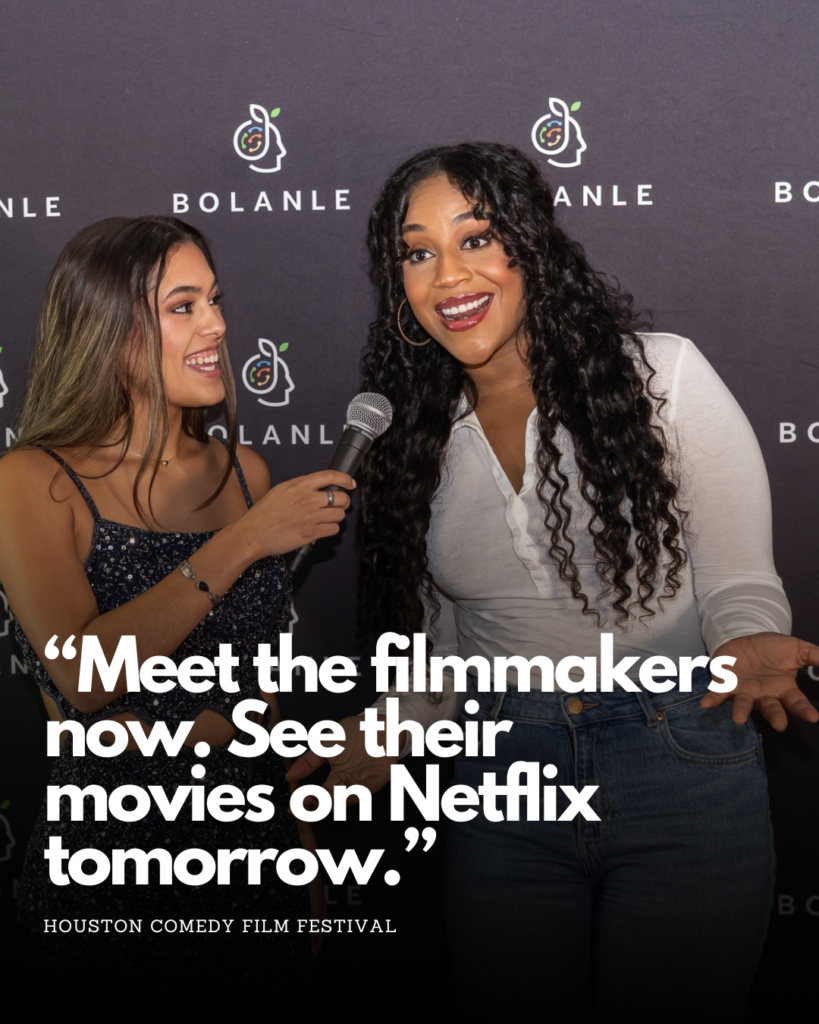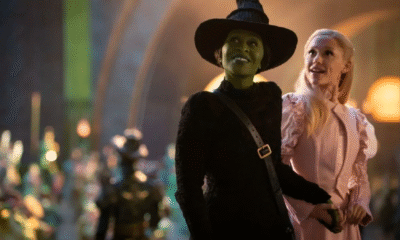Entertainment
Jinger Duggar Has Daughter in “Christian Hybrid” School: What Does That Mean? on November 13, 2023 at 10:40 pm The Hollywood Gossip
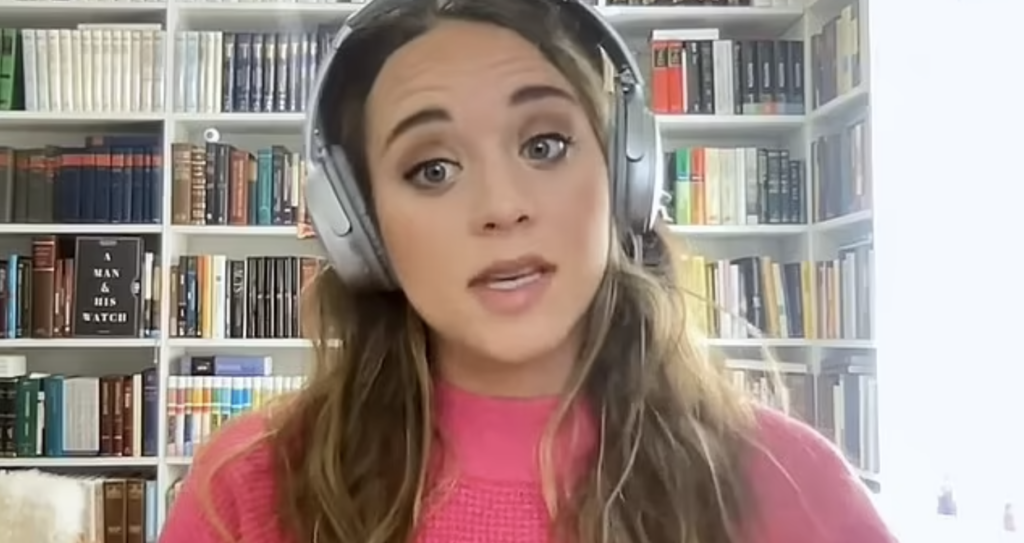
Over the years, Jinger Duggar has broken more of Jim Bob Duggar’s rules. Good! Following in his footsteps means being a bad person.
But even as she has grown into her own person, she and her husband remain decidedly on the fringes of American society.
During a recent Q&A, Jinger shared that she and Jeremy have placed their daughter in “Christian hybrid” school.
But … what does that mean? And is it the sort of thing that Jim Bob would like?
Jinger Duggar participates in a remote interview in August of 2023. (Photo Credit: YouTube)
Infamously, Jinger and all of her siblings are victims of Michelle Duggar’s homeschooling.
Michelle did not deprive them of a normal life or a real education alone. And missing out on meeting peers and making friends was only part of the problem.
They used the Advanced Training Institute’s teachings. API meant that the Duggars learned “practical Christian approaches” to every topic instead of, you know, receiving a proper education.
Jill Duggar and Derick Dillard film a confessional segment for TLC early in their marriage. (Image Credit: TLC)
Fairly recently, Derick Dillard has spoken about the “education” that his wife and other victims of the Duggar family’s homeschooling program received.
He has likened their academic level to about that of a “middle school” student. And obviously, in subjects where what a student would normally learn things that contradict with fundamentalist ideology, they learned even less.
As a result, the entire family has fewer qualifications for work outside of the cult … and is more dependent upon the cult for jobs and even social interaction. This is how these toxic communities discourage people from breaking away.
Jill Duggar and her husband hold very little back in the Amazon documentary meant to expose the former’s parents. (Photo Credit: Amazon)
As with so many family curses, some of the Duggars are now passing on this experience to their own children.
This includes both Jessa and Joy-Anna, who are homeschooling their children. There is no substitute for the socialization options with a diverse group of classmates, and their children will never have that experience.
Jill has, in a family first, enrolled her son in public school. This means that the Dillard kids will meet other people who have different experiences, and they’ll learn topics without a fundamentalist filter.
Jinger Duggar stares intensely into the camera in this still image from a YouTube video she recorded. (Image Credit: YouTube)
But what’s going on with Jinger?
During a recent Q&A with her fans and followers, Jinger managed to stir some confusion among those curious about her life.
She shared that her daughter, Felicity, is currently taking part in somehting called “Christian hybrid” school. Felicity is five years old.
In this November 2023 Instagram Q&A response from her Instagram Story, Jinger Duggar Vuolo shares that her 5-year-old is enrolled in “Christian hybrid” learning. (Image Credit: Instagram)
The idea of “hybrid” evokes images of science fiction experiments, aliens, even an annoying trope in otherwise enjoyable vampire media.
But in this case, a “Christian hybrid” learning format means a few days of in-person classroom time and a few days of at-home learning, which might involve physical instructional materials or might be online.
The in-person education is part of a Christian instructional program. So, in other words, all of Felicity’s education has a lens that matches her parents’ religious views. The only thing “hybrid” about it is that she’s at home for part of the time.
On July 4, Jinger Duggar marked the 2023 Independence Day celebration by sharing a video of visiting with family back in Arkansas — including sister Jill Duggar. Naturally, she vlogged about it. (Image Credit: YouTube)
Jinger also revealed that she and Jeremy have weighed the (alleged) merits of enrolling Felicity in private Christian school.
For now, though, they are taking things “one year at a time.”
Have you ever had a friend whose hyper-religious parents played it by year with their education in this way? Suffice it to say that it can be disruptive.
Jinger Duggar Has Daughter in “Christian Hybrid” School: What Does That Mean? was originally published on The Hollywood Gossip.
Over the years, Jinger Duggar has broken more of Jim Bob Duggar’s rules. Good! Following in his footsteps means being …
Jinger Duggar Has Daughter in “Christian Hybrid” School: What Does That Mean? was originally published on The Hollywood Gossip.
The Hollywood Gossip Read More
Entertainment
What We Can Learn Inside 50 Cent’s Explosive Diddy Documentary: 5 Reasons You Should Watch
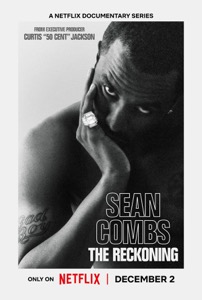
50 Cent’s new Netflix docuseries about Sean “Diddy” Combs is more than a headline-grabbing exposé; it is a meticulous breakdown of how power, celebrity, and silence can collide in the entertainment industry.
Across its episodes, the series traces Diddy’s rise, the allegations that followed him for years, and the shocking footage and testimonies now forcing a wider cultural reckoning.
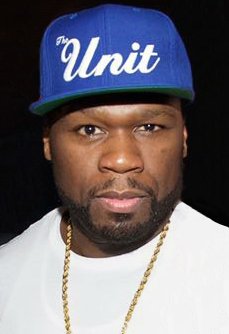
1. It Chronicles Diddy’s Rise and Fall – And How Power Warps Reality
The docuseries follows Combs from hitmaker and business icon to a figure facing serious criminal conviction and public disgrace, mapping out decades of influence, branding, and behind-the-scenes behavior. Watching that arc shows how money, fame, and industry relationships can shield someone from scrutiny and delay accountability, even as disturbing accusations accumulate.
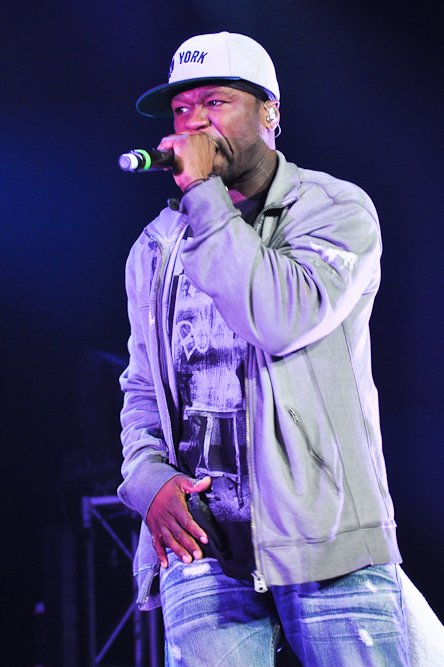
2. Never-Before-Seen Footage Shows How Narratives Are Managed
Exclusive footage of Diddy in private settings and in the tense days around his legal troubles reveals how carefully celebrity narratives are shaped, even in crisis.
Viewers can learn to question polished statements and recognize that what looks spontaneous in public is often the result of strategy, damage control, and legal calculation.
3. Survivors’ Stories Highlight Patterns of Abuse and Silence
Interviews with alleged victims, former staff, and industry insiders describe patterns of control, fear, and emotional or physical harm that were long whispered about but rarely aired in this detail. Their stories underline how difficult it is to speak out against a powerful figure, teaching viewers why many survivors delay disclosure and why consistent patterns across multiple accounts matter.
4. 50 Cent’s Approach Shows Storytelling as a Tool for Accountability
As executive producer, 50 Cent uses his reputation and platform to push a project that leans into uncomfortable truths rather than protecting industry relationships. The series demonstrates how documentary storytelling can challenge established power structures, elevate marginalized voices, and pressure institutions to respond when traditional systems have failed.
5. The Cultural Backlash Reveals How Society Handles Celebrity Accountability
Reactions to the doc—ranging from people calling it necessary and brave to others dismissing it as a vendetta or smear campaign—expose how emotionally invested audiences can be in defending or condemning a famous figure. Watching that debate unfold helps viewers see how fandom, nostalgia, and bias influence who is believed, and why conversations about “cancel culture” often mask deeper questions about justice and who is considered too powerful to fall.
Entertainment
South Park’s Christmas Episode Delivers the Antichrist
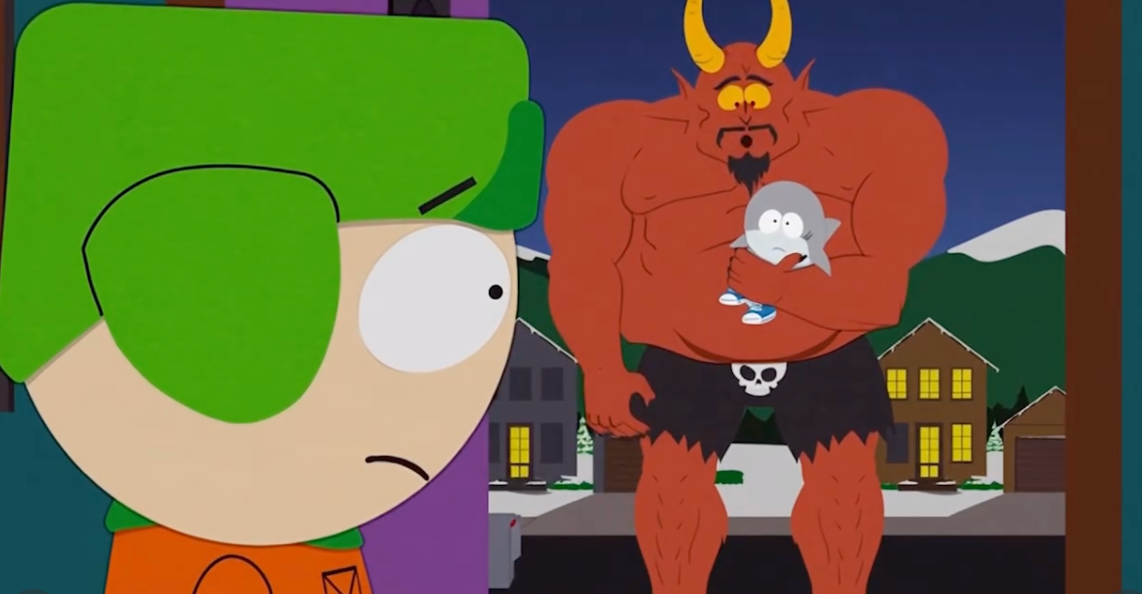
A new Christmas-themed episode of South Park is scheduled to air with a central plot in which Satan is depicted as preparing for the birth of an Antichrist figure. The premise extends a season-long narrative arc that has involved Satan, Donald Trump, and apocalyptic rhetoric, positioning this holiday episode as a culmination of those storylines rather than a stand‑alone concept.
Episode premise and season context
According to published synopses and entertainment coverage, the episode frames the Antichrist as part of a fictional storyline that blends religious symbolism with commentary on politics, media, and cultural fear. This follows earlier Season 28 episodes that introduced ideas about Trump fathering an Antichrist child and tech billionaire Peter Thiel obsessing over prophecy and end‑times narratives. The Christmas setting is presented as a contrast to the darker themes, reflecting the series’ pattern of pairing holiday imagery with controversial subject matter.
Public and political reactions
Coverage notes that some figures connected to Donald Trump’s political orbit have criticized the season’s portrayal of Trump and his allies, describing the show as relying on shock tactics rather than substantive critique. Commentators highlight that these objections are directed more at the depiction of real political figures and the show’s tone than at the specific theology of the Antichrist storyline.
At the time of reporting, there have not been widely reported, detailed statements from major religious leaders focused solely on this Christmas episode, though religion-focused criticism of South Park in general has a long history.
Media and cultural commentary
Entertainment outlets such as The Hollywood Reporter, Entertainment Weekly, Forbes, Slate, and USA Today describe the Antichrist arc as part of South Park’s ongoing use of Trump-era and tech-world politics as material for satire.
Viewer guidance and content advisory
South Park is rated TV‑MA and is intended for adult audiences due to strong language, explicit themes, and frequent use of religious and political satire. Viewers who are sensitive to depictions of Satan, the Antichrist, or parodies involving real political figures may find this episode particularly objectionable, while others may view it as consistent with the show’s long‑running approach to controversial topics. As with previous episodes, individual responses are likely to vary widely, and the episode is best understood as part of an ongoing satirical series rather than a factual or theological statement.
Entertainment
Sydney Sweeney Finally Confronts the Plastic Surgery Rumors
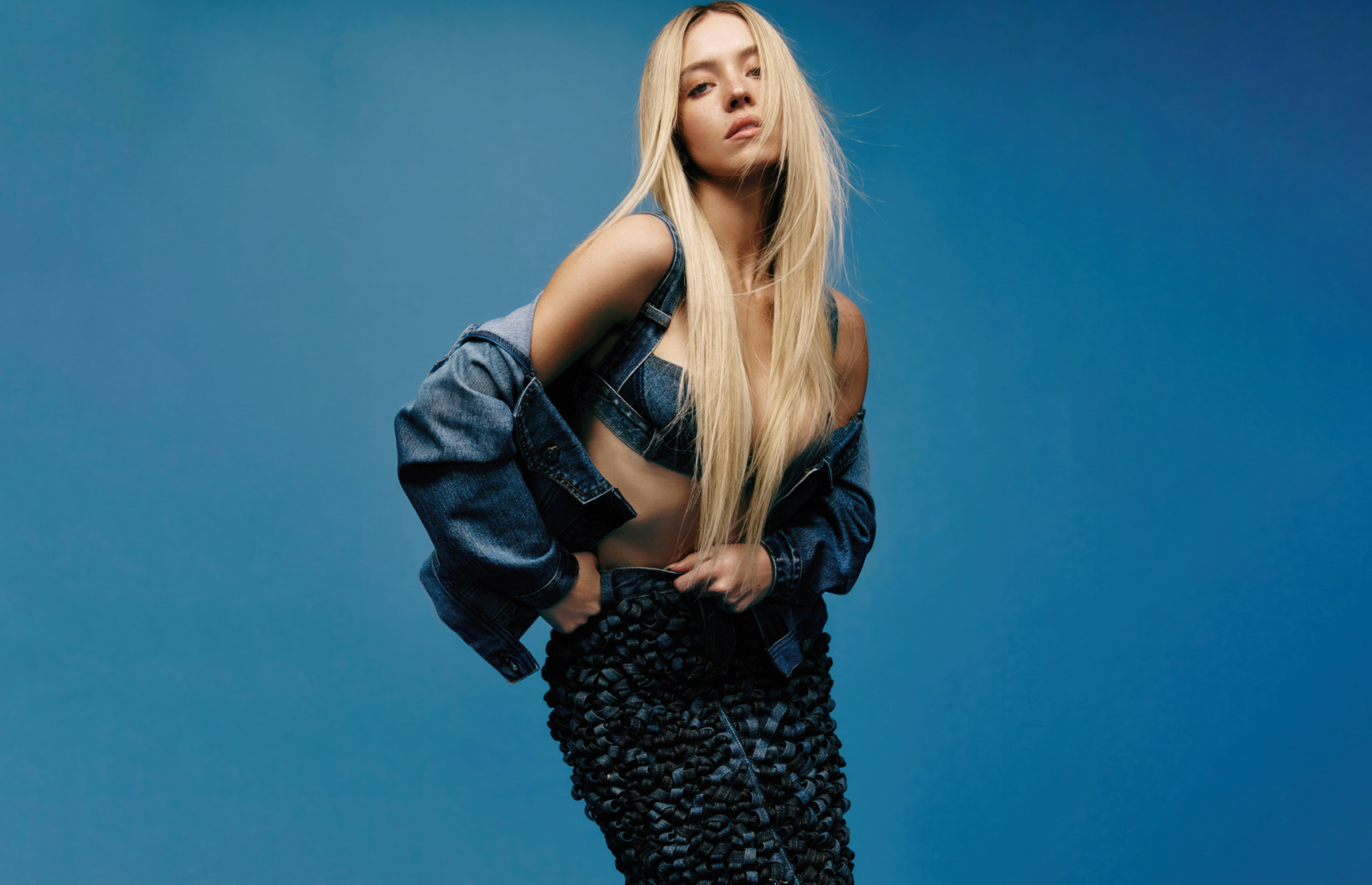
Sydney Sweeney has decided she is finished watching strangers on the internet treat her face like a forensic project. After years of side‑by‑side screenshots, “then vs now” TikToks, and long comment threads wondering what work she has supposedly had done, the actor is now addressing the plastic surgery rumors directly—and using them to say something larger about how women are looked at in Hollywood and online.

Growing Up on Camera vs. “Before and After” Culture
Sweeney points out that people are often mistaking normal changes for procedures: she grew up on camera, her roles now come with big‑budget glam teams, and her body has shifted as she has trained, aged, and worked nonstop. Yet every new red‑carpet photo gets folded into a narrative that assumes surgeons, not time, are responsible. Rather than walking through a checklist of what is “real,” she emphasizes how bizarre it is that internet detectives comb through pores, noses, and jawlines as if they are owed an explanation for every contour of a woman’s face.
The Real Problem Isn’t Her Face
By speaking up, Sweeney is redirecting the conversation away from her features and toward the culture that obsesses over them.
She argues that the real issue isn’t whether an actress has had work done, but why audiences feel so entitled to dissect her body as public property in the first place.
For her, the constant speculation is less about curiosity and more about control—another way to tell women what they should look like and punish them when they do not fit. In calling out that dynamic, Sweeney isn’t just defending herself; she is forcing fans and followers to ask why tearing apart someone else’s appearance has become such a popular form of entertainment.

 Entertainment4 weeks ago
Entertainment4 weeks agoAriana & Cynthia Say They’re in a ‘Non‑Demi Curious, Semi‑Binary’ Relationship… WTF Does That Even Mean?

 News4 weeks ago
News4 weeks agoMexico Bans Dophin Shows Nationwide

 Entertainment4 weeks ago
Entertainment4 weeks agoColombia’s ‘Doll’ Arrest: Police Say a 23-Year-Old Orchestrated Hits, Including Her Ex’s Murder

 Entertainment4 weeks ago
Entertainment4 weeks agoHow The Grinch Became The Richest Christmas Movie Ever

 Entertainment4 weeks ago
Entertainment4 weeks agoMiley Cyrus Is Engaged to Maxx Morando

 News4 weeks ago
News4 weeks agoUS May Completely Cut Income Tax Due to Tariff Revenue

 Business3 weeks ago
Business3 weeks agoLuana Lopes Lara: How a 29‑Year‑Old Became the Youngest Self‑Made Woman Billionaire

 Film Industry2 weeks ago
Film Industry2 weeks agoDisney Brings Beloved Characters to ChatGPT After $1 Billion OpenAI Deal



